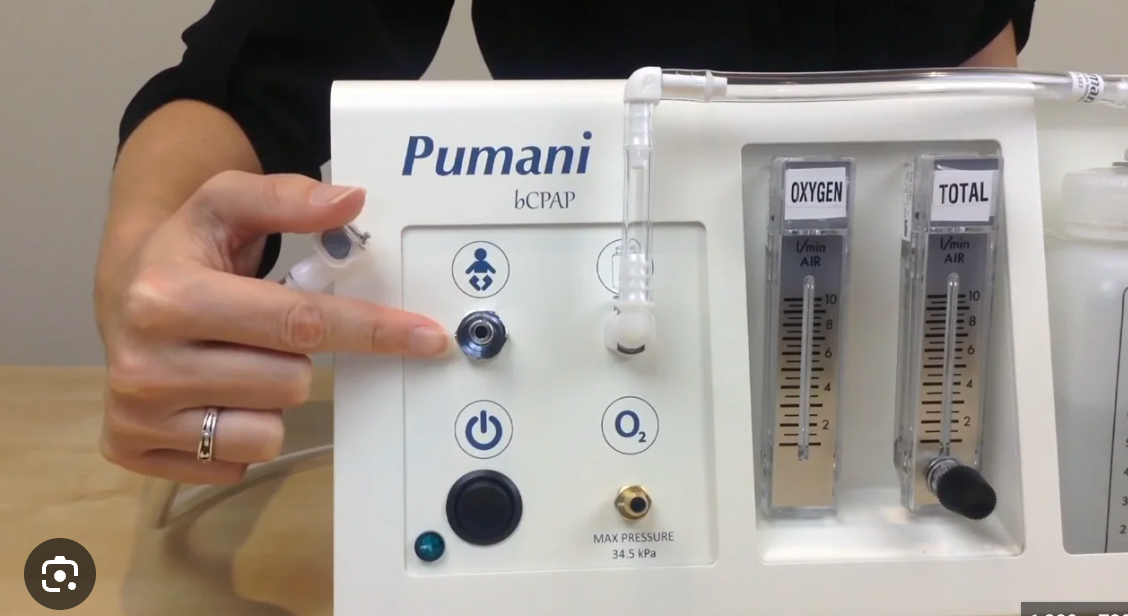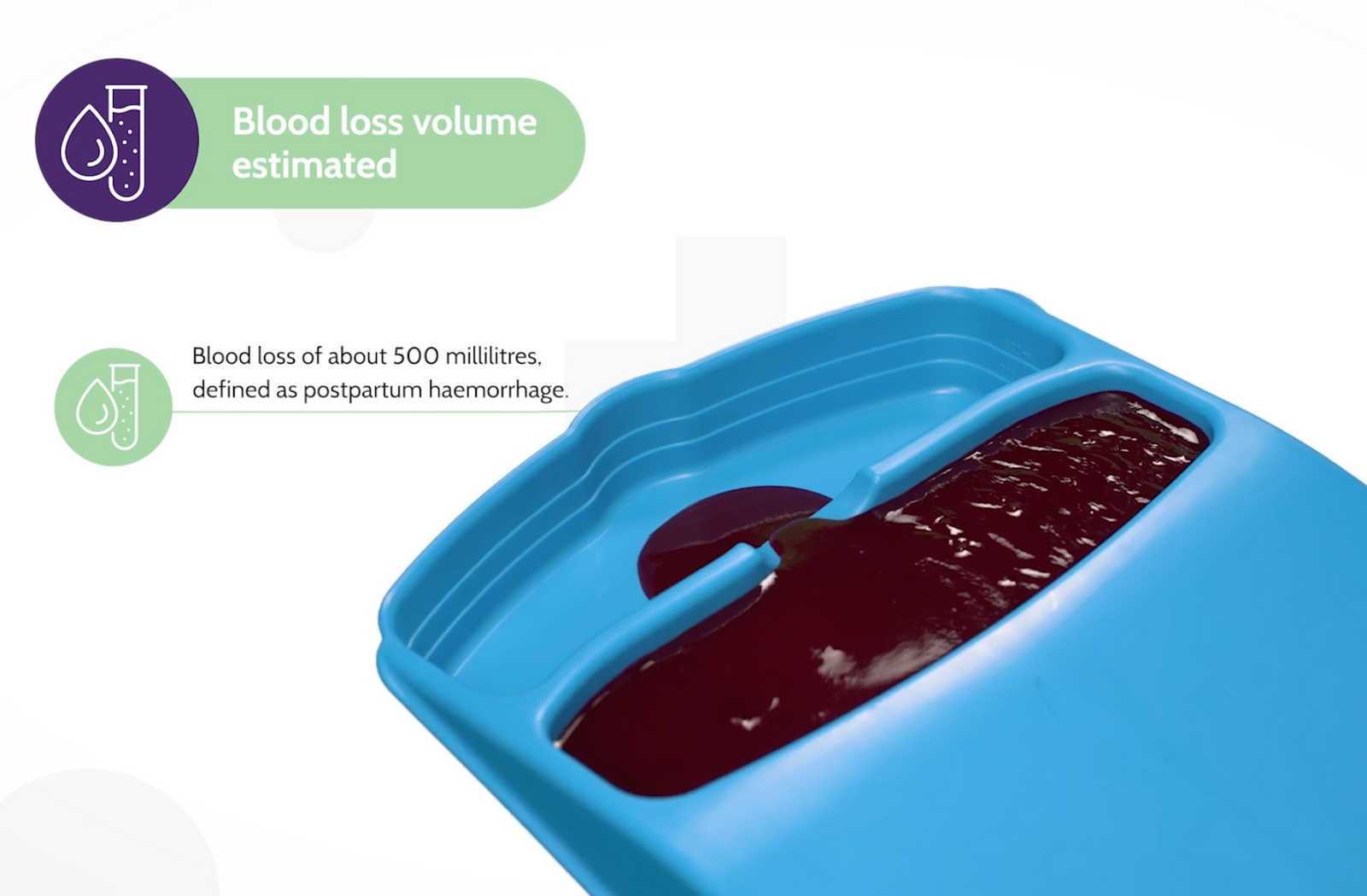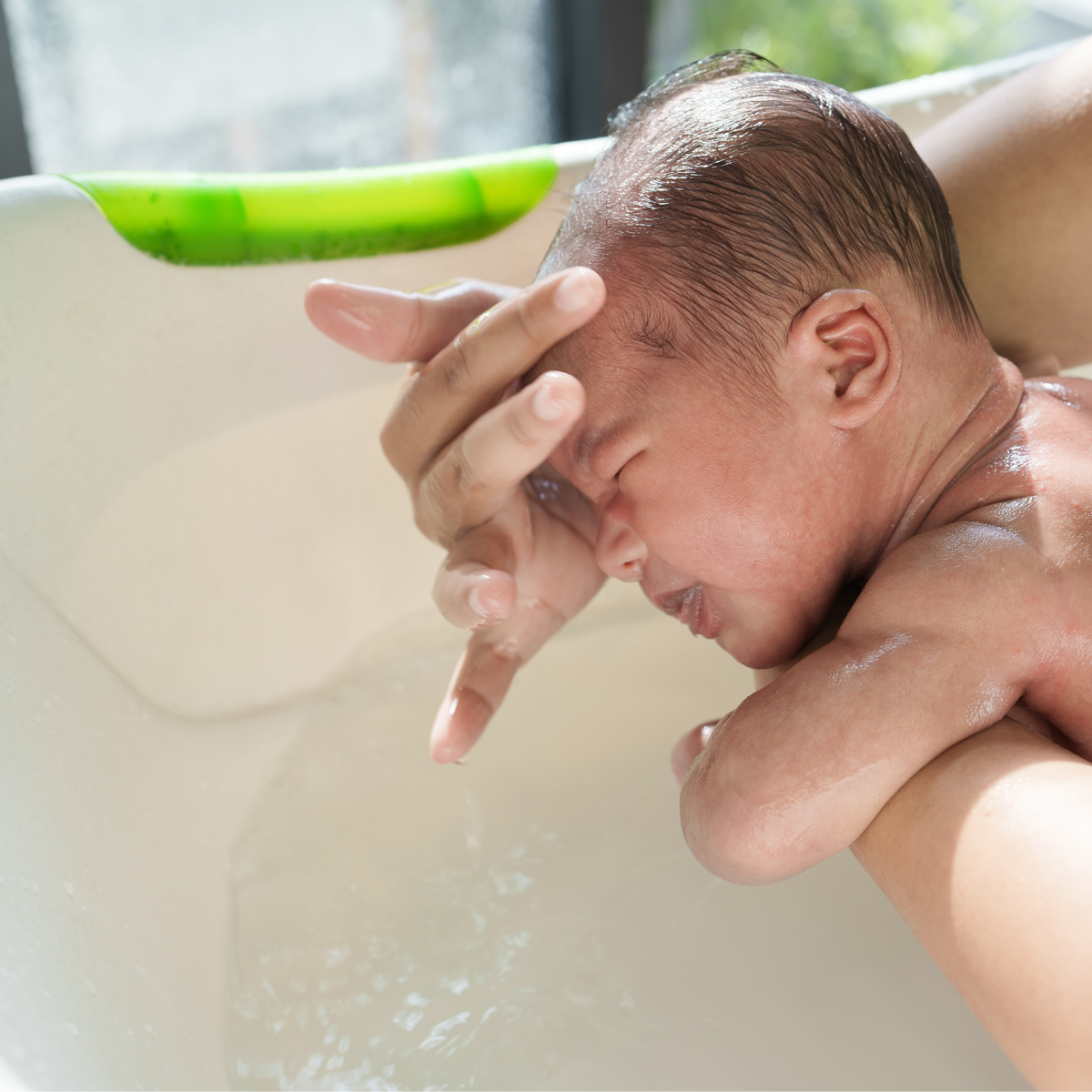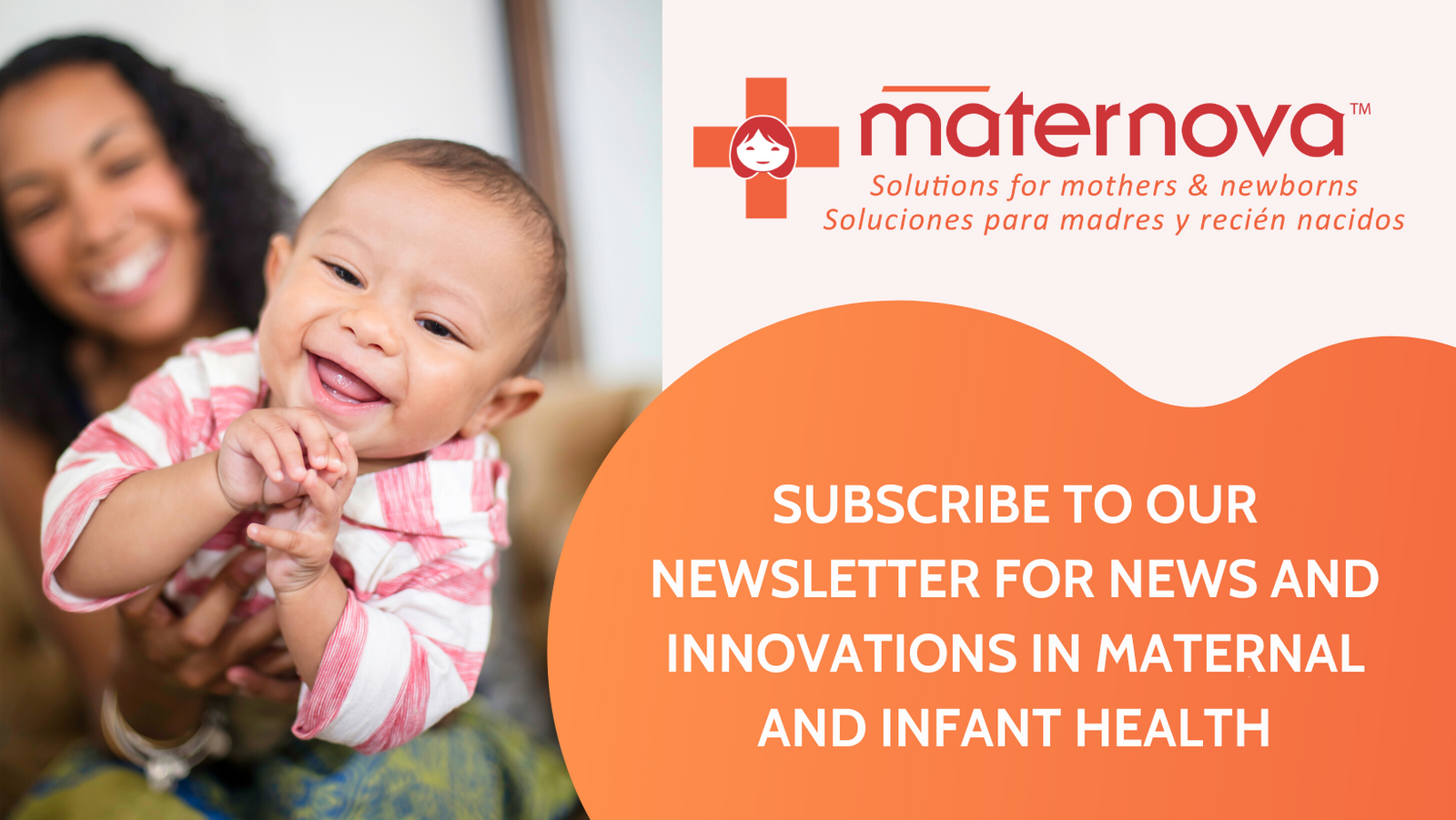Add description, images, menus and links to your mega menu
A column with no settings can be used as a spacer
Link to your collections, sales and even external links
Add up to five columns
Add description, images, menus and links to your mega menu
A column with no settings can be used as a spacer
Link to your collections, sales and even external links
Add up to five columns
Survive, Thrive, and Transform: Every Woman Every Child's Progress Continues in 2017
octobre 30, 2017 2 lire la lecture
We have long known that investing in maternal and child health care means investing in a better future for individuals, families, countries, and the world. In response, the United Nations in 2000 dedicated 3 out of 8 Millennium Development Goals to specifically address issues affecting women and children. These included MDG3, to promote gender equality and empower women; MDG4, to reduce child mortality; and MDG5, to improve maternal health. While the number of women dying during childbirth decreased significantly during the MDG era, maternal death rates are still way too high and concentrated in low- and middle-income countries.
In September 2015, in order to address the MDG’s shortcomings related to maternal and child health care, world leaders alongside the UN General Assembly launched Every Woman Every Child Global Strategy for Women’s, Children’s and Adolescents’ Health (EWEC Global Strategy). This movement focuses on local collaborative efforts and engagement of many different stakeholders to prioritize meeting the needs of some of the most disadvantaged and marginalized women, children, and adolescents. EWEC Global Strategy aims to address many different determinants of health so that this population can not only survive, but also will thrive and go on to transform their local and global community for the better.
The first objective is Survive, aimed at ending preventable deaths. Goals include
- Reducing global maternal mortality to less than 70 per 100,000 live births
- Reduce newborn mortality to less than 12 per 1000 live births in every country
- Reduce under-5 mortality to less than 25 per 1000 live births in every country
The second objective is Thrive, aimed at ensuring health and well-being. Goals include
- End all forms of malnutrition and address the nutritional needs of children, adolescent girls, and pregnant and lactating women
- Ensure universal access to sexual and reproductive healthcare services and rights, including family planning
- Achieve universal health coverage
The third objective is Transform, aimed at expanding enabling environments. Goals include
- Eradicate extreme poverty
- Ensure all girls and boys complete primary and secondary education
- Eliminate all harmful practices, discrimination and violence against women and girls
- Achieve universal access to safe and affordable drinking water, sanitation, and hygiene
These are ambitious goals, but too important to our future to ignore. Since EWEC Global Strategy was launched, international partners have pledged over 600 commitments and more than $45 billion USD has been contributed to help maternal and child health care. People everywhere are recognizing its importance and in response, stepping up.
By Vivian Shih
Laisser un commentaire
Les commentaires sont approuvés avant leur publication.
Voir l'article entier

Pumani bubble CPAP
novembre 11, 2025 1 lire la lecture
The Pumani bubble CPAP was engineered by a team at Rice University in Texas, working in collaboration with clinicians in Malawi. A range of specific design considerations made the Pumani especially appropriate for low-resource settings so that parts are easy to replace.

The MaternaWell Tray for PPH estimation now appears in key obstetric guidelines
octobre 30, 2025 1 lire la lecture
A 'tray' is now mentioned in the FIGO/WHO/ICM Consolidated Postpartum Hemorrhage Guidelines published by in 2025, expanding the type of monitoring device from drape to drape or tray.

Is it ethical to separate mother and infant just after birth?
octobre 28, 2025 2 lire la lecture
Immediate skin to skin care means less than ten minutes after the infant takes its first breath, the infant, naked except for a diaper, spends at least one hour on the mother’s chest, against her skin. It is recommended that preterm and low birth weight kangaroo care involve prolonging contact beyond the first hour for at least 8 hours per day or as long as possible (up to 24 hours) per day


